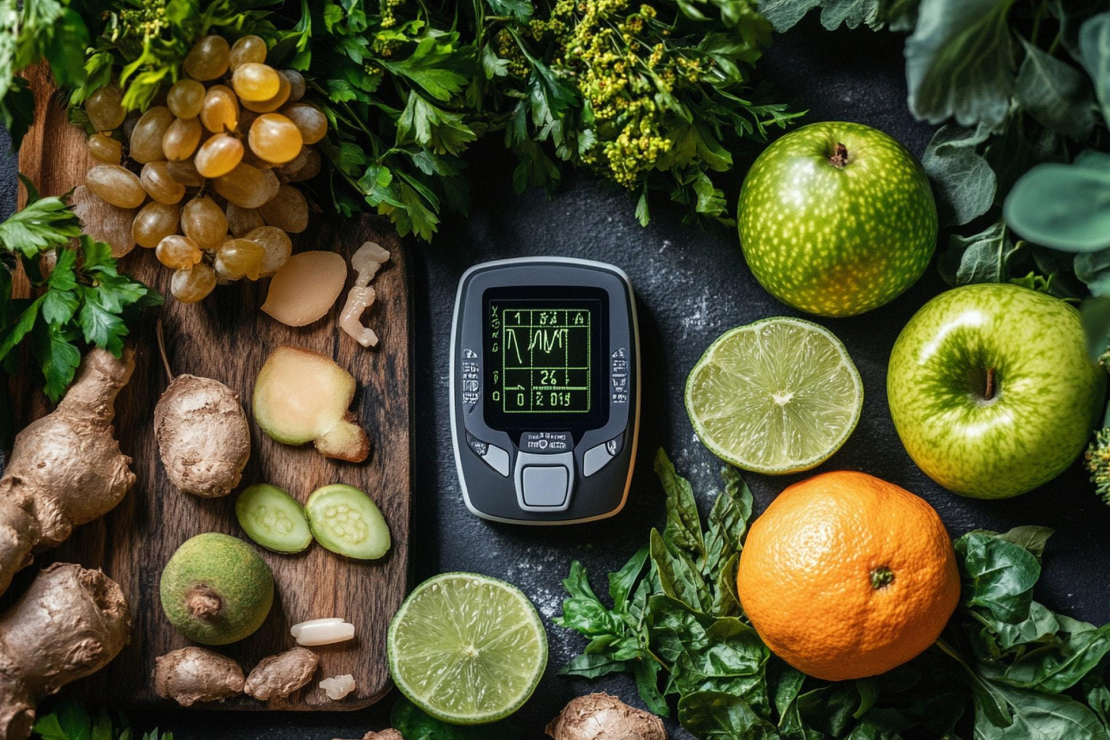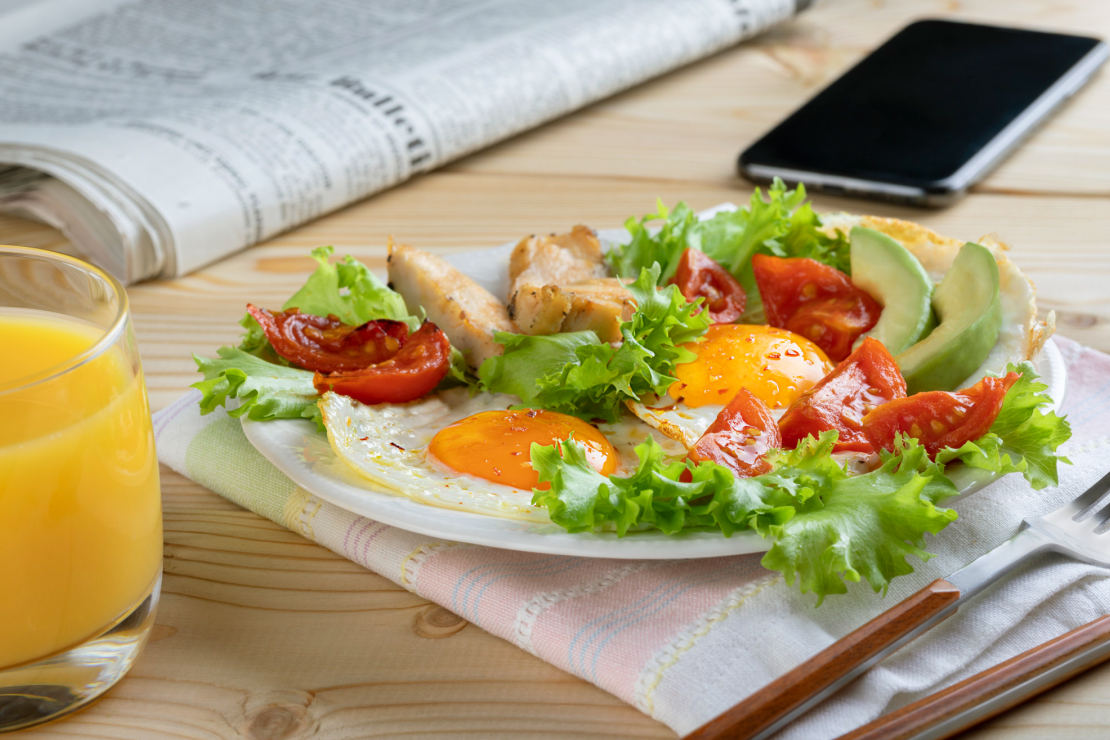Carbohydrates: Let AI Guide Your Fueling Strategy
Learn how AI can optimize your carbohydrate fueling strategy for workouts, marathons, and weight goals. From carb loading for runners to AI-powered calculators and fueling tools, here's your guide to smarter carb intake.

Table of Content
The Role of Carbs in Performance Fueling
Carbohydrate fueling has long been the cornerstone of athletic performance, but the traditional one-size-fits-all approach is evolving. With artificial intelligence revolutionizing nutrition tracking, athletes and fitness enthusiasts can now access personalized fueling strategies that adapt to their unique needs, training intensity, and recovery patterns.
Whether you're a marathon runner, bodybuilder, or weekend warrior, understanding how to leverage AI for optimal carbohydrate intake can be the difference between hitting the wall and achieving peak performance.
Why Carb Load Before Running or Training?
The science behind carb loading is rooted in our body's glycogen storage system. When we exercise, our muscles primarily rely on two fuel sources: glycogen (stored carbohydrates) and fat. For high-intensity activities, glycogen is the preferred energy source.
| Activity Type | Recommended Carb Loading | Timing |
|---|---|---|
| Marathon Running | 7-10g/kg body weight | 36-48 hours before |
| Bodybuilding | 4-7g/kg body weight | 24 hours before |
| High-Intensity Sports | 5-8g/kg body weight | 12-36 hours before |
What Does Effective Carb Loading Look Like?
Understanding practical carb portions is crucial for effective fueling. Here's what 90g of carbs looks like in common foods:
- 3 medium bananas (70g) + 1 energy gel (20g)
- 2 cups of cooked pasta (80g) + 1 slice of bread (10g)
- 1 large baked potato (50g) + 1 cup of rice (40g)
- 2 sports drinks (45g each)
Real-Time Tools: Carbohydrate Intake Calculators
Modern AI-powered calculators can now provide real-time recommendations based on:
- Current training intensity
- Body composition
- Performance goals
- Recovery status
- Previous training data
Fuel Guide: Liquid and Gel-Based Carbohydrates
Different forms of carbohydrate fueling serve different purposes during training and competition:
| Fuel Type | Best Use Case | Absorption Rate |
|---|---|---|
| Sports Drinks | Moderate intensity, long duration | Fast |
| Energy Gels | High intensity, race conditions | Medium |
| Solid Carbs | Pre-event loading, recovery | Slow |
AI and Carb Fueling: How Smart Tech Personalizes Your Strategy
AI technology transforms carbohydrate fueling through:
- Real-time energy expenditure tracking
- Adaptive fueling recommendations
- Pattern recognition in performance data
- Integration with training load metrics
- Recovery optimization algorithms
AI vs Manual Carb Tracking: What's Better?
While AI offers numerous advantages in carb tracking, understanding its strengths and limitations is crucial:
AI Tracking Pros:
- Real-time adjustments
- Pattern recognition
- Integration with multiple data sources
- Consistent monitoring
Manual Tracking Benefits:
- Greater awareness of portions
- Direct feedback interpretation
- Flexibility in unusual situations
- No technology dependencies
Tips to Build a Smarter Carb Strategy with AI
Implement these strategies to optimize your AI-powered carb fueling:
- Track pre and post-workout energy levels consistently
- Use AI to identify optimal fueling windows
- Monitor performance metrics alongside carb intake
- Adjust strategies based on AI-generated insights
- Integrate recovery metrics into fueling decisions
Let AI Be Your Performance Nutrition Coach
The future of carbohydrate fueling lies in personalization through AI. By leveraging smart technology while maintaining awareness of your body's signals, you can develop a fueling strategy that adapts to your changing needs and optimizes your performance.
Key Takeaways:
- Use AI to track and adjust carb intake based on real-time data
- Combine technology with personal feedback for optimal results
- Let AI help identify patterns in your performance and recovery
- Stay flexible and adjust your strategy as needed
Frequently Asked Questions
What is the best way to carb load before a race?
Start carb loading 36-48 hours before your event, gradually increasing intake to 7-10g/kg body weight. Use AI tracking to monitor your body's response and adjust accordingly.
How many carbs do I need per hour while running?
Most runners need 30-60g of carbs per hour during long runs, but AI can help personalize this based on your intensity, duration, and individual factors.
Can AI help plan my carbohydrate intake?
Yes, AI can analyze your training data, performance metrics, and recovery patterns to provide personalized carbohydrate recommendations that adapt to your needs.
How many carb gels do I need for a half marathon?
Typically 2-3 gels for a half marathon, but AI can help determine your optimal number based on pace, weather conditions, and individual factors.
Start Your Health Journey Today
Download Macro Tracking AI and take control of your nutrition with the power of artificial intelligence.
Download on App Store

